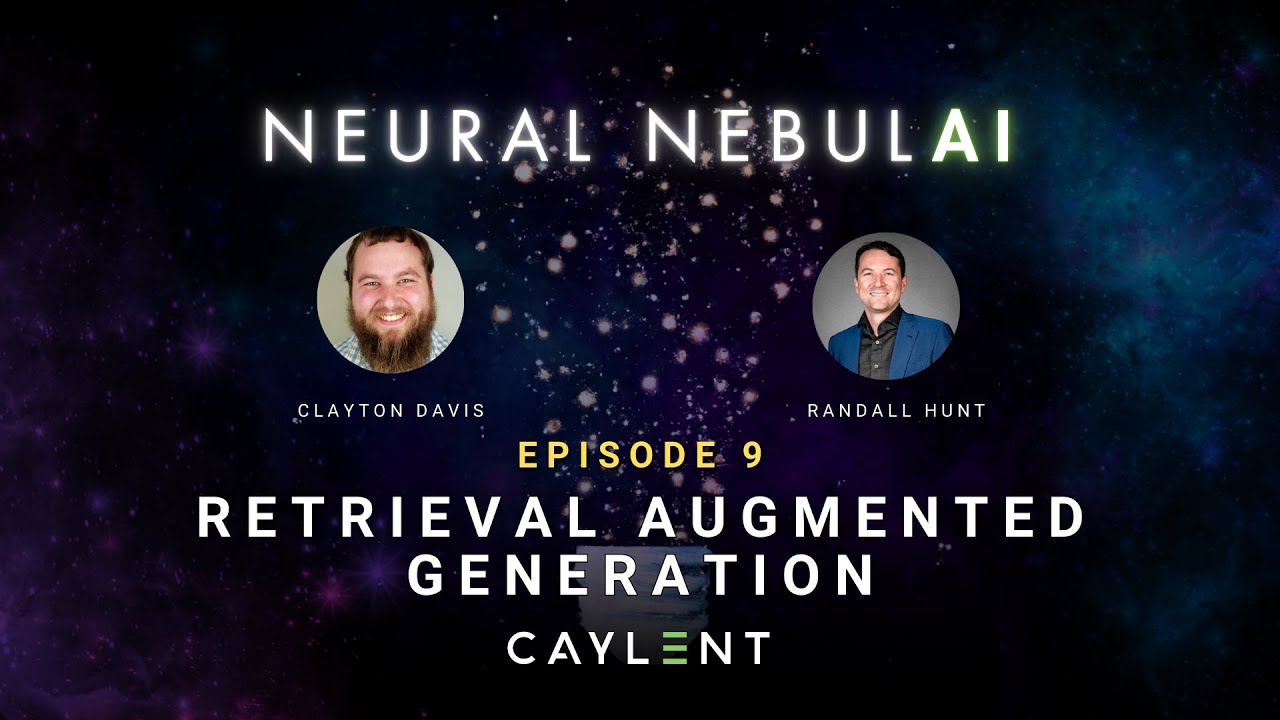Feed Your OWN Documents to a Local Large Language Model!
Summary
TLDRIn this engaging episode, Dave explores how to effectively integrate personal knowledge files into language models, highlighting techniques like retraining, retrieval augmented generation (RAG), and document uploading. He demonstrates the performance differences among model sizes and provides a hands-on tutorial on creating a custom GPT model using uploaded documents. The discussion emphasizes the balance between permanent knowledge integration and flexible knowledge retrieval. To foster community engagement, viewers are encouraged to subscribe and listen to the weekly podcast 'Shop Talk,' where viewer questions are addressed in an interactive format.
Takeaways
- 😀 Dave discusses the importance of using high-quality images for creating effective website content.
- 📊 He emphasizes the role of visual elements in enhancing user engagement and improving conversion rates.
- 🖼️ The video highlights different types of visuals, including photographs, illustrations, and infographics.
- 🔍 Dave suggests that using relevant and appealing visuals can help convey a brand's message more clearly.
- 💡 He recommends sourcing images from reputable stock photo websites to ensure quality and legality.
- ⚙️ The importance of image optimization for faster website loading times is stressed to improve user experience.
- 📏 Dave explains how to properly size images for different devices to ensure they look great on all screens.
- 🎨 He advises on maintaining consistency in visual style to reinforce brand identity across platforms.
- 💬 The video encourages viewers to experiment with different visual strategies to find what resonates best with their audience.
- 🎙️ Dave invites viewers to check out the weekly podcast 'Shop Talk' for more insights and discussions on related topics.
Q & A
What are the three main methods to incorporate knowledge into language models discussed in the video?
-The three main methods are: 1) Retraining a Model, 2) Retrieval Augmented Generation (RAG), and 3) Uploading Documents to the Context Window.
How does retraining a model work, and what are its advantages?
-Retraining a model involves teaching it new information permanently, similar to sending a student back to school. Its advantages include thorough learning of the information, but it requires significant computational resources and time.
What is Retrieval Augmented Generation (RAG), and how does it differ from retraining?
-RAG allows the model to consult an external database or document pool for information dynamically. Unlike retraining, it does not permanently store new information, making it faster and more adaptable to frequently updated data.
What is the purpose of uploading documents to the context window?
-Uploading documents to the context window temporarily enhances the model's responses by providing specific information during a session, but the model does not retain this information afterward.
What example does Dave give to illustrate the temporary nature of uploaded documents?
-Dave compares uploading documents to using a cheat sheet during an exam, emphasizing that while it aids in answering questions, the model won't remember the information after the session.
What is one limitation of the context window mentioned in the video?
-One limitation of the context window is its size, which can restrict the amount of information that can be effectively utilized during a session.
How does Dave demonstrate the process of uploading documents?
-Dave demonstrates uploading documents in both ChatGPT and a local Llama 3.2 model, showing how these documents enhance the models' responses by providing additional context.
Why might someone choose RAG over retraining a model?
-Someone might choose RAG because it allows for more dynamic and rapid access to updated information without the heavy resource and time demands associated with retraining a model.
What are the benefits of incorporating knowledge files into language models?
-Incorporating knowledge files allows language models to provide more accurate and contextually relevant responses, improving their utility for specific tasks or inquiries.
What is the main takeaway from the podcast invitation at the end of the video?
-The main takeaway is an invitation for viewers to subscribe to 'Dave's Attic' and check out the weekly podcast 'Shop Talk,' where viewer questions are answered.
Outlines

This section is available to paid users only. Please upgrade to access this part.
Upgrade NowMindmap

This section is available to paid users only. Please upgrade to access this part.
Upgrade NowKeywords

This section is available to paid users only. Please upgrade to access this part.
Upgrade NowHighlights

This section is available to paid users only. Please upgrade to access this part.
Upgrade NowTranscripts

This section is available to paid users only. Please upgrade to access this part.
Upgrade NowBrowse More Related Video
5.0 / 5 (0 votes)





